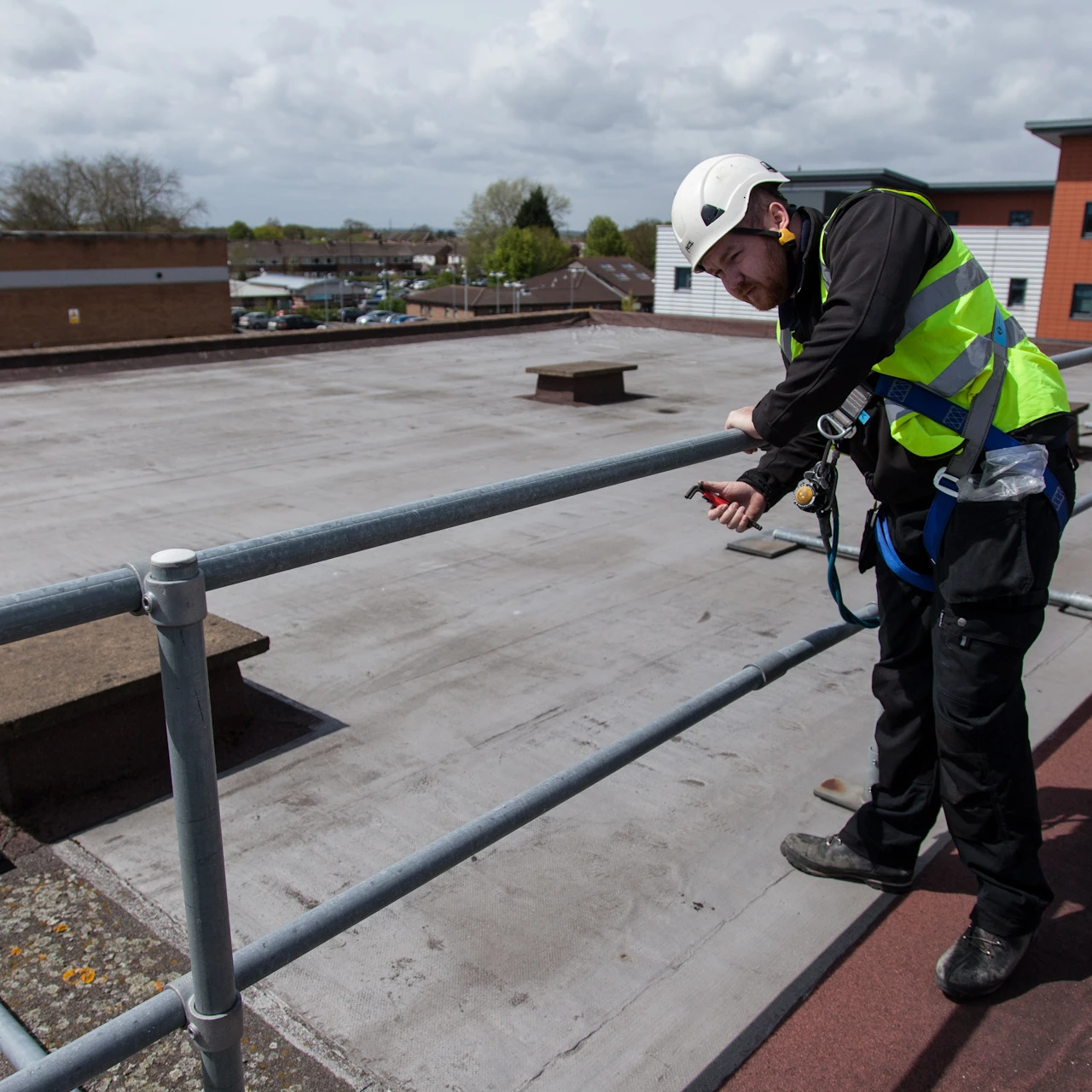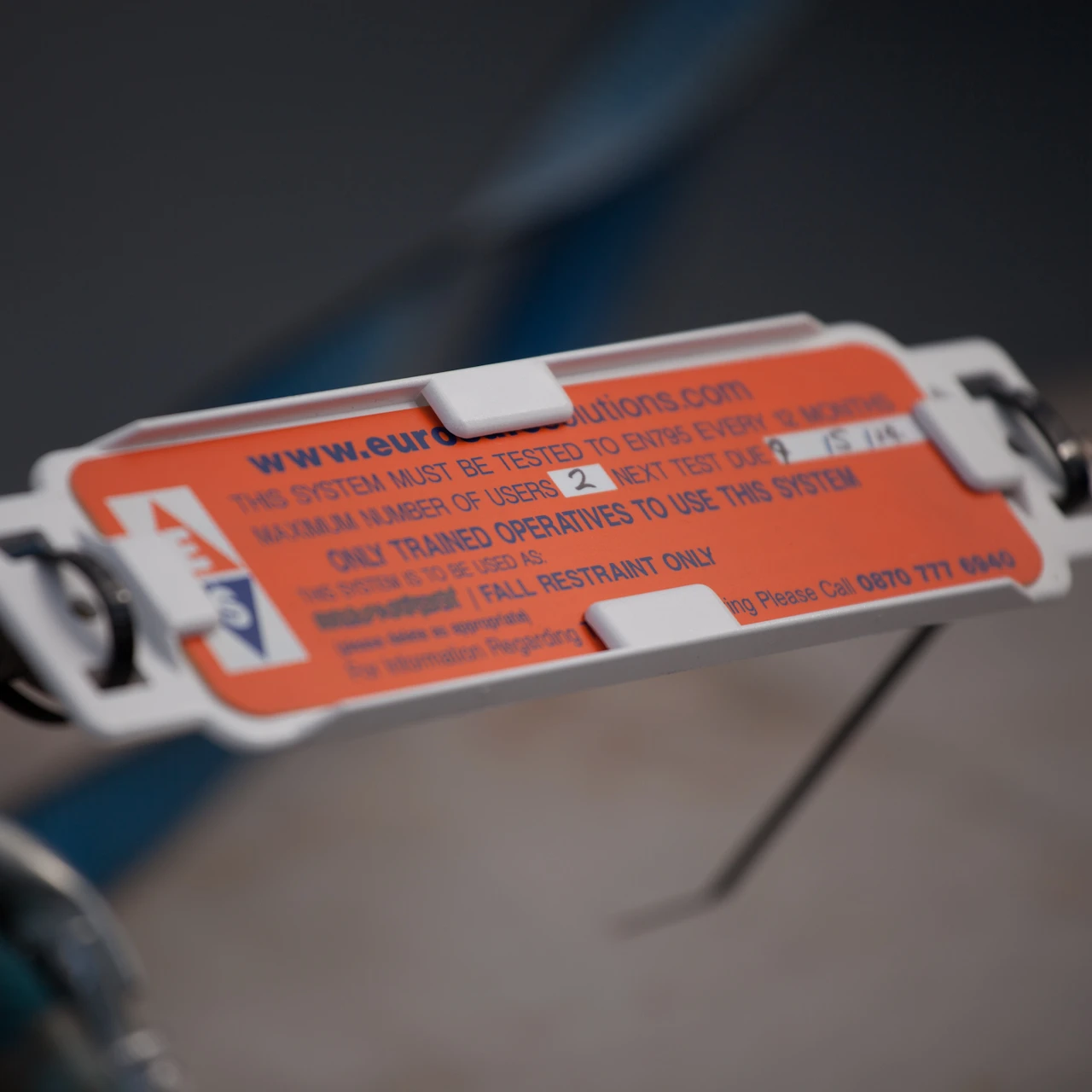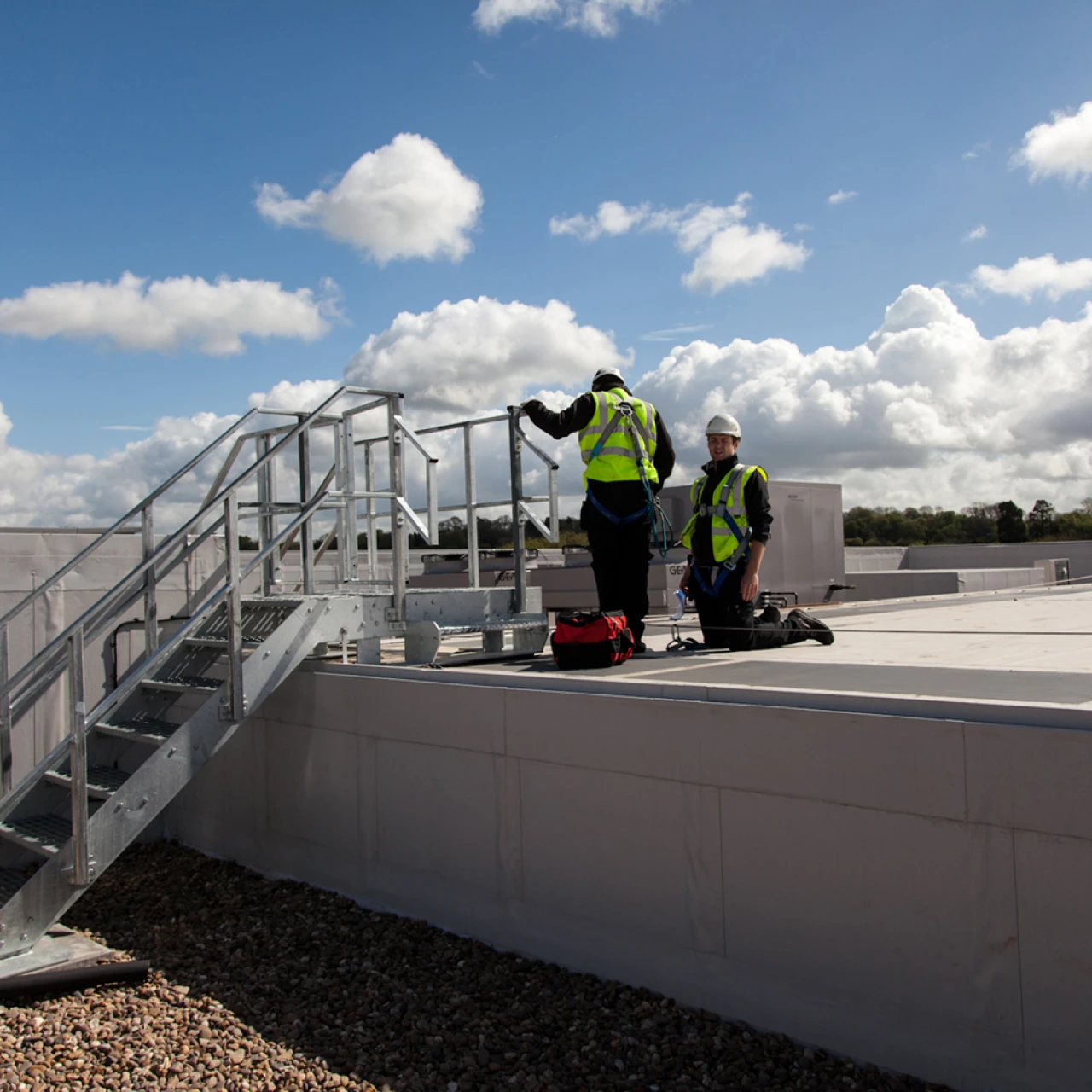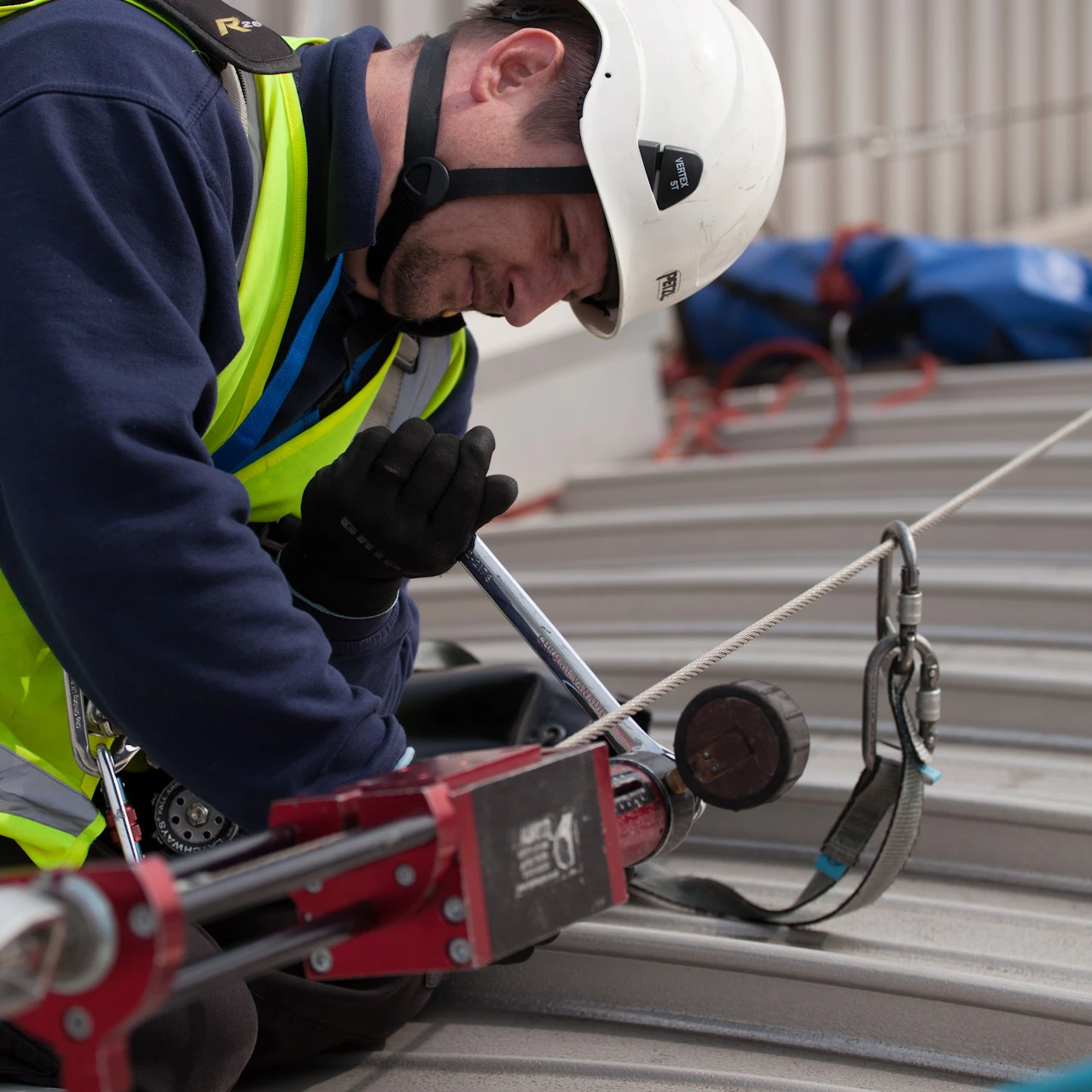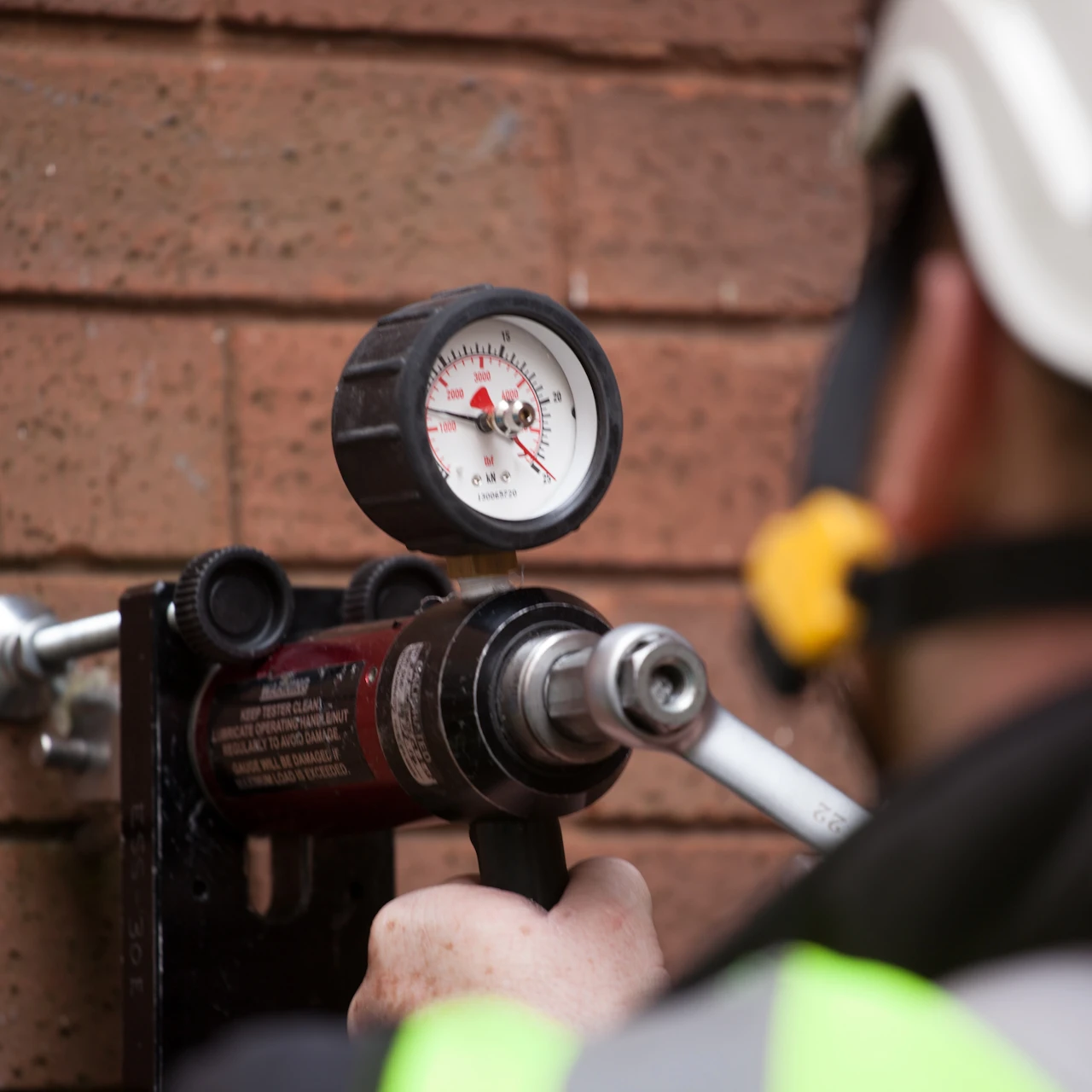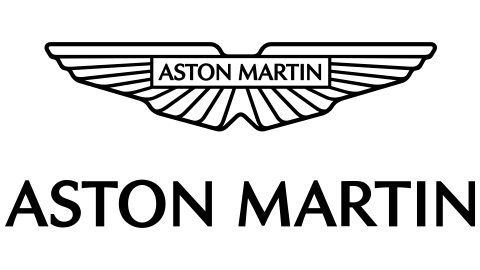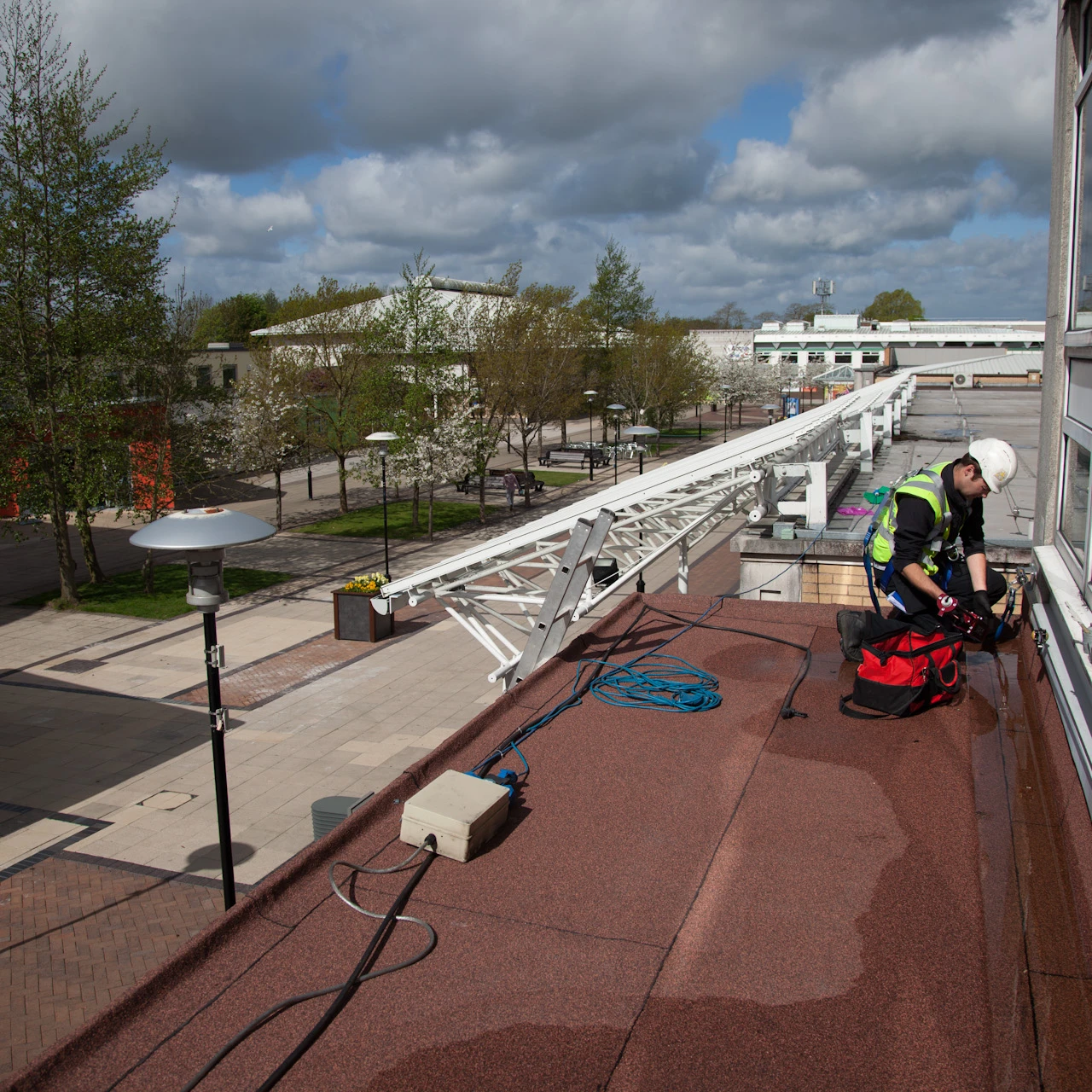

- Knowledge Base
- Tips & Explanations
- Once my safety equipment is installed, does it require maintenance?
Once my safety equipment is installed, does it require maintenance?
The answer is yes.
With every item of fall protection, there is detailed guidance on how this should be maintained to ensure they are secure and fit for use. Annual Testing and Inspection needs to be completed to ensure you meet regulations and legislative requirements, this includes both pre-use checks and a detailed periodic inspection by a competent person.
In this article we look at what items need inspecting, the regulations and legislation that are required and how a fully inspected system can help keep your employees safe.
The HSE states “The Regulations apply to all work at height where there is risk of a fall that is liable to cause personal injury. They place duties on employers, the self-employed and any person who controls the work of others (such as facilities managers or building owners who may contract others to work at height).
Those with duties under the Regulations must ensure that:
All work at height is properly planned and organised
Those involved in work at height are competent
The risks from work at height are assessed, and appropriate work equipment is selected and used
The risks of working on or near fragile surfaces are properly managed
The equipment used for work at height is properly inspected and maintained
A detailed inspection should be completed regularly on all equipment as per the regulations set and in line with British and European Standards. Our engineers are competently trained to ensure that your equipment meets all relevant requirements and can inspect a range of fall protection equipment such as…
How often does my equipment need inspecting?
The Work at Height Regulations 2005 states: “(3) Every employer shall ensure that work equipment exposed to conditions causing deterioration which is liable to result in dangerous situations is inspected - (a)at suitable intervals; and (b)each time that exceptional circumstances which are liable to jeopardise the safety of the work equipment have occurred, to ensure that health and safety conditions are maintained and that any deterioration can be detected and remedied in good time."
As a building owner, you have the responsibility to make sure that employees, workers, subcontractors or anyone accessing the area at height has the correct PPE, training and that the equipment is fit for purpose and safe to use.
Legislation, regulations & standards
Failure to comply with legislation and regulations means that you could be held liable should a fall or accident occur, resulting in a fine or custodial sentence.
There are many different regulations, British Standards, manufacturer guidance and legislation that our test & inspection division consider when advising you on the frequency of inspection and applications to ensure that your equipment is safe and meets the relevant requirements.
Below are some of the more common regulations which fall within the Work at Height Regulations 2005
Provision and Use of Work Equipment Regulations 1998, (PUWER)
The Lifting Operations and Lifting Equipment Regulations 1998, (LOLER)
The Electricity at Work Regulations 1989
The Personal Protective Equipment at Work Regulations 1992
Management of Health and Safety at Work Regulations 1999
Eurosafe will work with you to ensure that an effective maintenance plan is in place based upon the equipment installed, frequency of use and application.
Before allowing anyone access to an area at height:
Make sure they have the correct PPE
Make sure your equipment is tested & inspected
Make sure anyone accessing the area has the correct training
That they have suitable RA/MS for the works being carried out
Benefits of you outsourcing your Test & Inspection to Eurosafe
Management of equipment to ensure Test & Inspection dates and requirements are always met.
Inspection and maintenance of all safety equipment by certified engineers.
Piece of mind that all installed equipment is compliant and in good usable condition.


